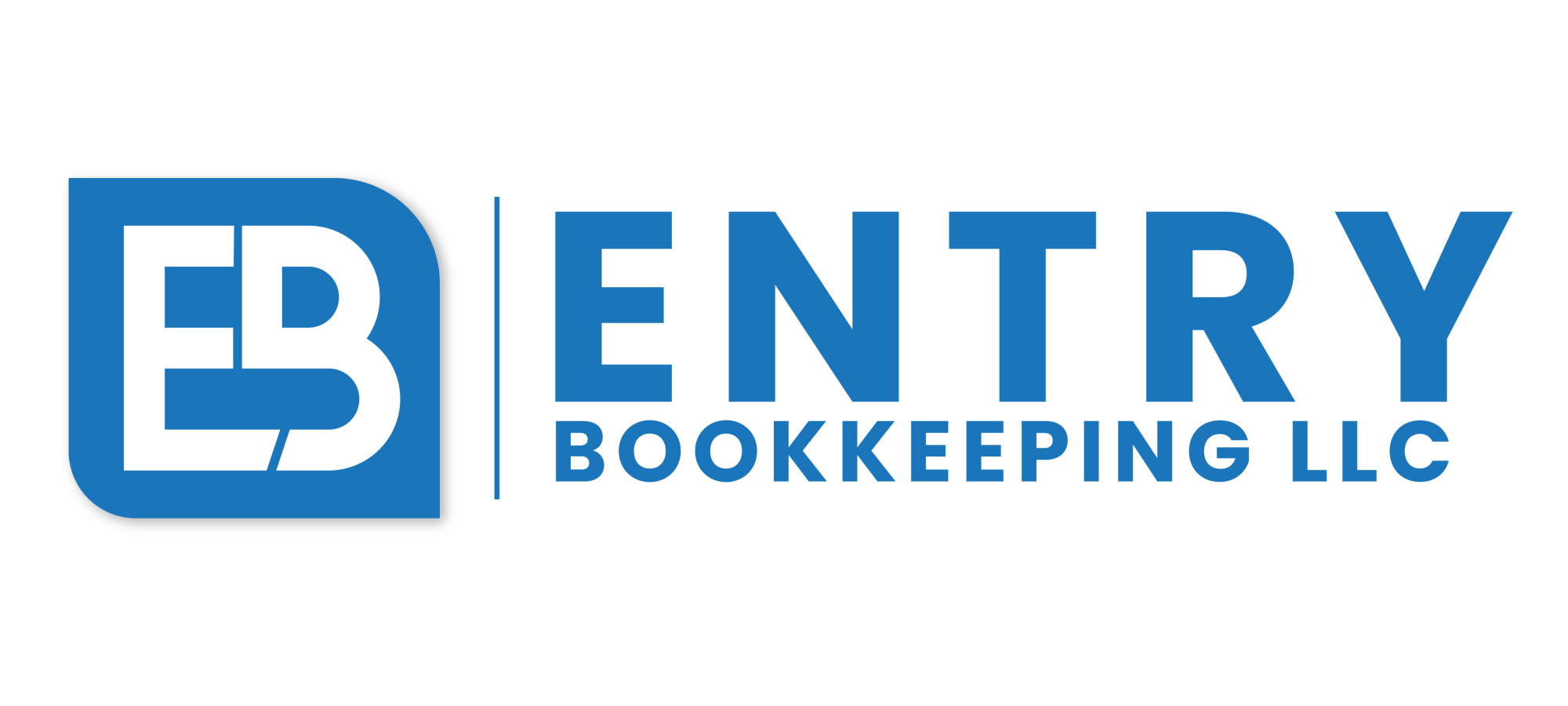Accounting depreciation is the process of allocating the cost of a tangible asset over its useful life. The cost of an asset is spread over several years and a proportion of it is recorded in the books yearly. It takes the depreciable cost of an asset and allocates it over the useful life. This way the expense actually reflects the income produced from the asset in that period. Depreciation is an accounting method used to allocate the cost of a tangible asset over its useful life.
Fixed rate of Depreciation
It also adjusts the cash flow and operating profits on the company’s financial statements. A company can use one of several depreciation methods available to allocate the depreciation cost yearly. Thus, on assets like this we use accelerated depreciation methods like the double declining method. Straight-line depreciation is the simplest and most often used method. The straight-line depreciation is calculated by dividing the difference between assets pagal sale cost and its expected salvage value by the number of years for its expected useful life. MACRS calculations tend to be a more complicated method for calculating depreciation and may benefit from the support of a tax professional.
Depreciation is thus the decrease in the value of assets and the method used to reallocate, or “write down” the cost of a tangible asset (such as equipment) over its useful life span. Businesses depreciate long-term assets depreciation definition in accounting for both accounting and tax purposes. Generally, the cost is allocated as depreciation expense among the periods in which the asset is expected to be used. Double declining balance depreciation is an accelerated depreciation method. Businesses use accelerated methods when dealing with assets that are more productive in their early years. The double declining balance method is often used for equipment when the units of production method is not used.
- The threshold level is not stated within Generally Accepted Accounting Principles; it is only an internal accounting policy issue.
- Depreciation isn’t an asset or a liability itself—it’s a method used to measure the change in the carrying value of a fixed asset.
- After three years, the company changes the expected useful life to a total of 15 years but keeps the salvage value the same.
- It also adjusts the cash flow and operating profits on the company’s financial statements.
Income Statement Under Absorption Costing? (All You Need to Know)
Depreciation is allocated in order to charge a some amount of money as depreciation amount in each accounting period during the expected useful life of the assets. The double-declining balance method is another accelerated depreciation method used by companies to reduce their tax liability. To claim this allowance, an asset must have a useful life of less than 20 years. That means a vehicle or computer would qualify, but not a building. Like the double declining balance method, SYD depreciation is also an accelerated method—a calculation that accounts for an asset’s higher value in the earlier years.
Units-of-production depreciation method
Track your mileage for vehicles with the mileage tracking app, organize your assets to measure depreciation, and make tax season a breeze with automated financial report generation. Try FreshBooks free to streamline your depreciation calculations today. A fixed asset such as software or a database might only be usable to your business for a certain period of time. If you use a vehicle or piece of equipment exclusively for business, you can claim depreciation on that asset. However, if you drive a car for work and for personal use, you can only claim depreciation on the business portion of your tax return (for example 60% of the cost).
However, as it has already made the purchase, it doesn’t have to make these yearly cash outflows again. Depreciation is a non-cash item on the financial statements of a company. When depreciation is recorded, a company does not actually make a cash outflow. The accounting depreciation method follows the matching principle of accounting. The reporting company has the choice of following the accounting rules/standards as well as choosing the depreciation method.
- The units of production depreciation for this accounting period would be $2,000.
- This is the number of years over which the asset will be depreciated.
- Traditionally, financial accounting textbooks tend to focus on the straight-line method because it is easy to calculate.
- It is used as an accelerated depreciation method by companies wanting to reduce tax liability aggressively.
Companies also use depreciation to cut their tax bills with the Internal Revenue Service. For example, when Microsoft invests $80 billion in AI infrastructure, it will deduct portions of those purchases each year, lowering its corporate tax bill. For instance, while Microsoft can depreciate its AI servers and the buildings that hold them, it can’t depreciate the land underneath them. In this Keynote Support tutorial, I define and explain depreciation in easy to understand terms, and provide useful examples including the journal entries involved. Generally this is one of the most popular method which has been adopted in our country even our Income tax act prefers this method.
Types of Depreciation With Calculation Examples
Common sense requires depreciation expense to be equal to total depreciation per year, without first dividing and then multiplying total depreciation per year by the same number. Depreciation stops when book value is equal to the scrap value of the asset. In the end, the sum of accumulated depreciation and scrap value equals the original cost. Suppose an asset has original cost $70,000, salvage value $10,000, and is expected to produce 6,000 units.
As the company would already account for the initial investment as a cash outflow. Depreciation can be calculated using different methods, depending on the type of asset and accounting practices. Depreciation represents the gradual reduction in the value of a tangible asset over time due to usage, age, or obsolescence.
The composite method is applied to a collection of assets that are not similar and have different service lives. For example, computers and printers are not similar, but both are part of the office equipment. Depreciation on all assets is determined by using the straight-line-depreciation method. Similar things occur if the salvage value assumption is changed, instead.
It is to be remembered that the interest on loan to purchase an asset does not form part of cost of asset. Instead interest paid on a loan during construction period will be treated part of cost of an asset. Continuing with our example above, the company will add back the yearly depreciation amount of $20,000 to the cash flow statement under the operating activities section. However, the initial investment will reflect the cash outflow in the investing activity section of the cash flow statement.
As a practical example consider ABC Organization, which has acquired computers for its employees for $200,000. According to the IRS, computers are expected to have a useful life of 5 years. Calculate $200,000 – $80,000 to get $120,000, then divide by five years to get $24,000—the amount the computers depreciate per year.
Then, the asset cost is depreciated over time based on its useful life. Here is a quick rundown of the different types of depreciation and some practical examples of when you would use it. For more details on how to calculate depreciation using each method, check out this comprehensive guide on calculating depreciation with step-by-step instructions. Determining salvage value accurately is an important step, though, because the expected salvage value of an asset is deducted from the initial cost of the asset to arrive at an item’s depreciable cost. In this example we’ll use the Straight-line method of depreciation. On January 1st we purchase equipment for $10,000 with a useful life of 5 years.
To calculate depreciation expense, multiply the result by the same total historical cost. Sometimes, these are combined into a single line such as “PP&E net of depreciation.” Companies can choose from several methods to depreciate their assets.


